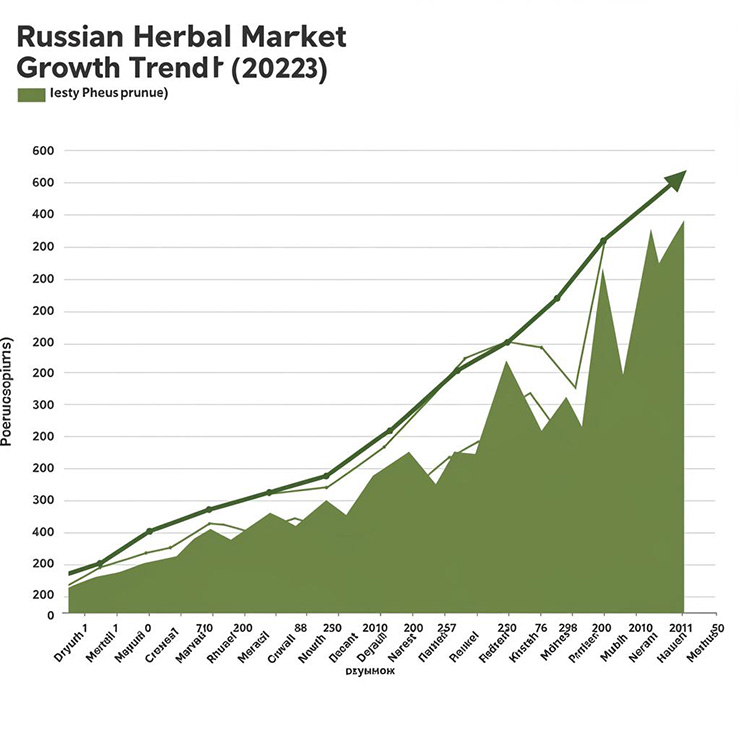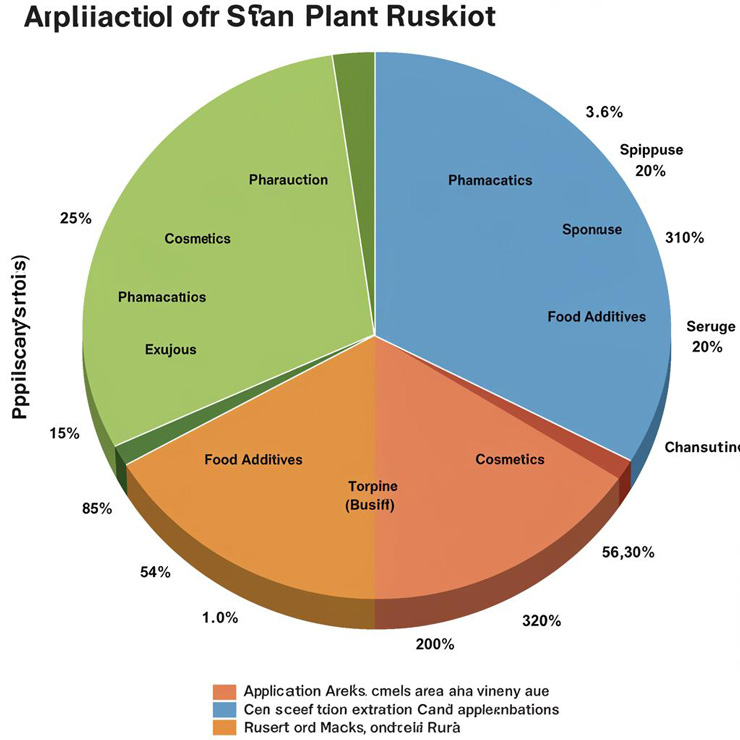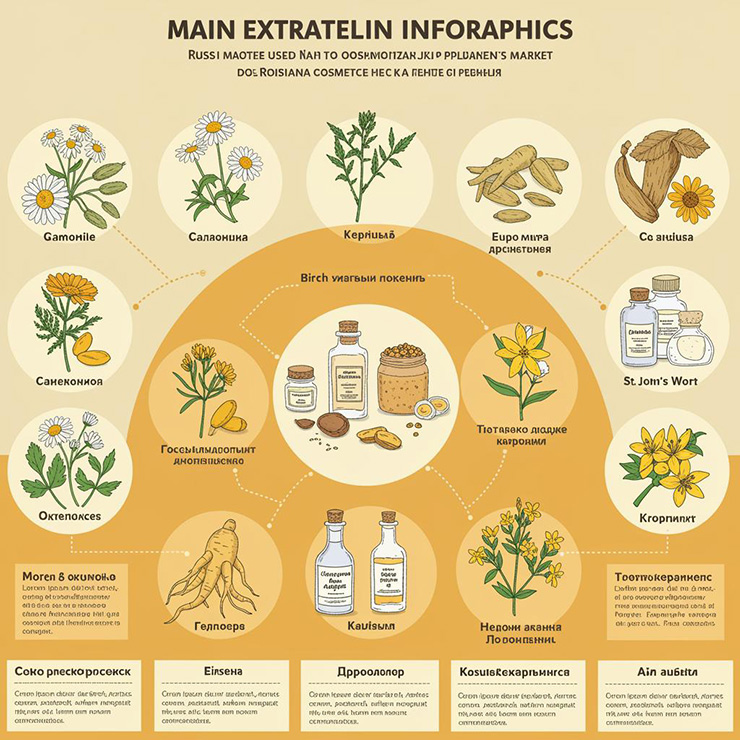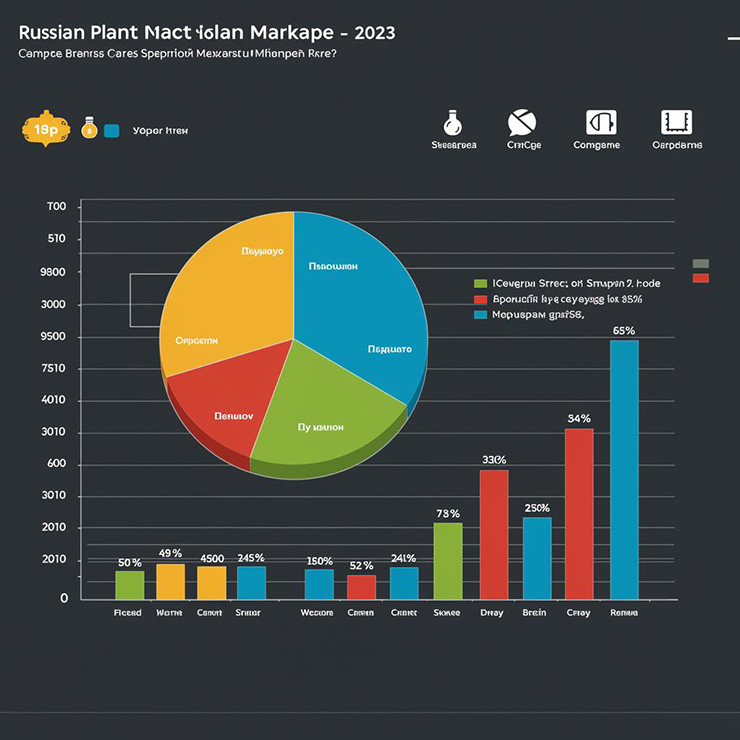The Russian plant extract market has shown steady growth in recent years, expanding from 230 millionin 2018 to 230 millionin 2018 to 310 million in 2022, with a compound annual growth rate (CAGR) of 7.8%. This growth is primarily driven by increasing consumer preference for natural and organic products, as well as government support policies for the domestic herbal industry.

Application Areas
Plant extracts in Russia are mainly used in the following sectors:
- Pharmaceutical Industry – Accounts for 45% of the market, with strong demand for adaptogenic plant extracts (e.g., ginseng, eleuthero).
- Food & Beverage – 30% share, mainly used in functional drinks and health foods.
- Cosmetics – 15% share, natural plant-based skincare products are gaining popularity.
- Dietary Supplements – 10% share, particularly immune-boosting products.

Popular Product Categories
The most sought-after plant extracts in Russia include:
- Adaptogens: Ginseng, Rhodiola, Eleuthero
- Immune Modulators: Echinacea, Elderberry
- Digestive Health: Chamomile, Peppermint
- Nervous System Support: Valerian, St. John’s Wort

Consumer Behavior
Russian consumers exhibit the following trends:
- Greater trust in traditional local herbs (preferred by 62% of consumers).
- Moderate price sensitivity, willing to pay a premium for quality.
- Growing demand for organic-certified products (12% annual growth).
- Online purchases now account for 35% of sales.
Regulatory Environment
Russia has been tightening regulations on plant extracts:
- Requires EAC certification (Eurasian Economic Union compliance).
- Simplified registration process for traditional herbal products.
- Stricter labeling rules since 2021.
- Scientific evidence required for health claims.
Competitive Landscape
Key market players include:
- Local Companies: Evalar (market leader), Pharmaspec.
- International Brands: Germany’s Martin Bauer, Switzerland’s Frutarom.
- Chinese Suppliers: Mainly provide raw materials, with limited brand influence.

Trends & Opportunities
The Russian plant extract market is projected to grow at 6-8% annually over the next five years, with key opportunities including:
- Rising demand for preventive healthcare.
- Limited local production capacity creating import opportunities.
- Growing acceptance of Traditional Chinese Medicine (TCM).
- Rapid expansion of e-commerce channels.
Challenges & Risks
Entering the Russian market also presents obstacles:
- Complex and frequently changing regulations.
- Local protectionist policies.
- Logistics and payment barriers.
- Currency fluctuation risks.
Conclusion
Overall, the Russian plant extract market offers significant potential but has high entry barriers. Companies must thoroughly understand local regulations and consumer preferences while adopting differentiated strategies to succeed.







